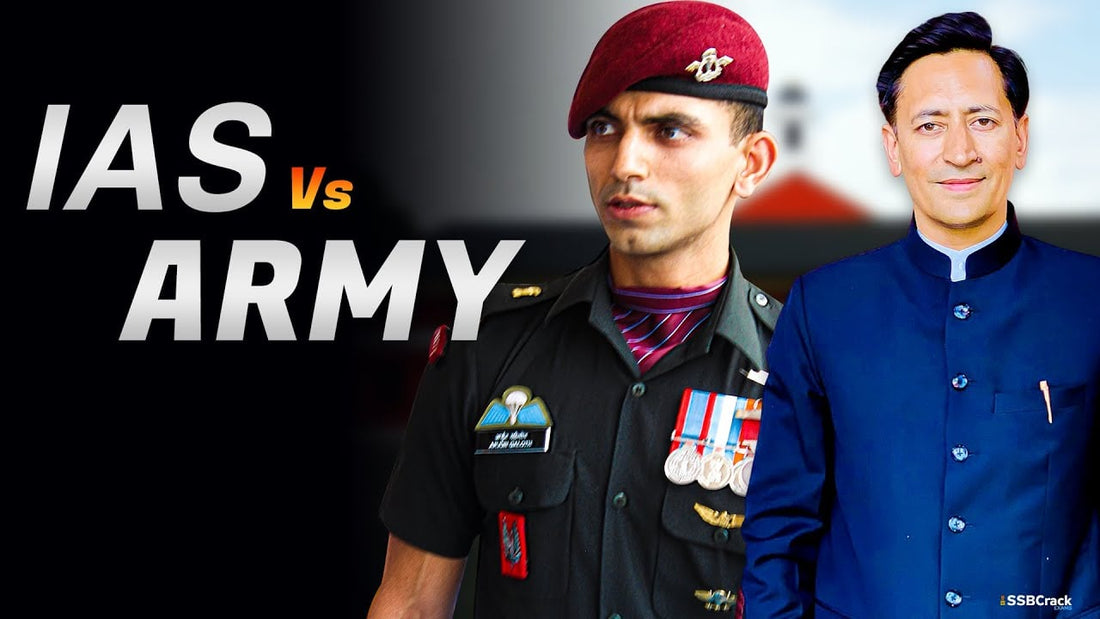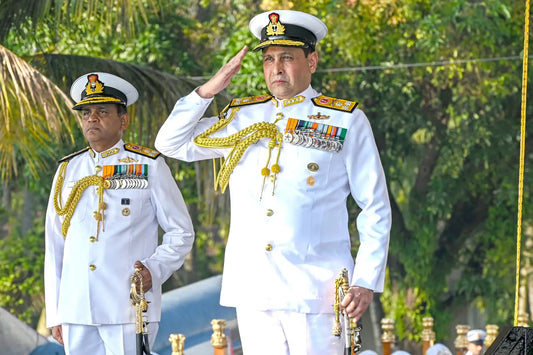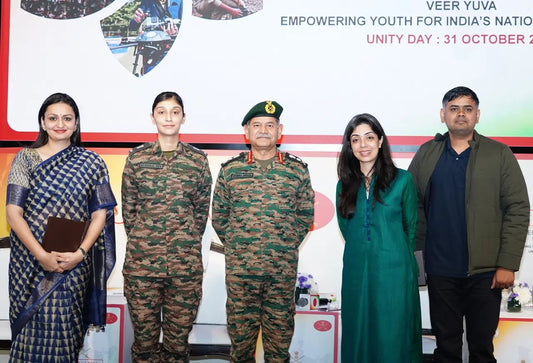Comparing Careers: Army Officer vs. IAS Officer in India

Choosing a career is a pivotal event in one's life, and in India, becoming an Army officer or an Indian Administrative Service (IAS) officer are among the most esteemed options. Both roles are significant in the nation's development and defense, yet they offer different experiences and responsibilities. Understanding the intricacies of these professions is essential for those aspiring to align their career paths with personal values and ambitions.
This article delves into the roles, responsibilities, training, compensation, and experiences of Army officers and IAS officers, helping readers make informed decisions tailored to their aspirations.
Historical Context
The histories of the Indian Armed Forces and the Indian Administrative Service reflect India's evolution in governance and defense. The Indian Army, rooted in the independence struggle, is emblematic of bravery and resilience. The establishment of military academies in India underscores the importance of discipline, leadership, and camaraderie.
Similarly, the IAS was established during the British colonial period to aid in governance. Post-independence, it became essential in policy implementation, law and order maintenance, and socio-economic development. Both professions, though different, contribute to the nation's integrity and progress.
Career Overviews
Army Officer
Role and Responsibilities
Army officers are crucial in defending the nation against external threats and responding to emergencies. Their duties include planning and executing operations, leadership, logistics management, and training and mentoring subordinates.
Training
Army officer training varies with the entry scheme, typically lasting 18-24 months. The Indian Military Academy (IMA) in Dehradun is known for its rigorous training, while the Officers Training Academy (OTA) prepares Short Service Commission officers for leadership.
Ranks and Promotions
Army officers progress through ranks such as Lieutenant, Captain, Major, Lieutenant Colonel, Colonel, Brigadier, Major General, Lieutenant General, and General. Promotions depend on merit, performance, and service duration, with senior roles involving strategic responsibilities.
Compensation
Army officers start with a salary of approximately ₹56,000 per month, with benefits like Military Service Pay, free rations, and travel allowances.
IAS Officer
Role and Responsibilities
IAS officers manage the country's administration and governance, focusing on policy formulation, public administration, coordination, and crisis management.
Training
After passing the Civil Services Examination, IAS recruits undergo training at the Lal Bahadur Shastri National Academy of Administration (LBSNAA) in Mussoorie, which includes classroom learning and practical exposure.
Ranks and Promotions
IAS officers begin as Sub-Divisional Magistrates, progressing to roles like Additional District Magistrate, District Collector, and eventually Secretary or Chief Secretary, with promotions based on experience and performance.
Compensation
The starting salary for IAS officers is around ₹56,000 per month, with benefits including Dearness Allowance, House Rent Allowance, and official housing.
Comparative Analysis
Work Environment
Army officers operate in dynamic, physically demanding environments, potentially involving deployment in conflict zones or peacekeeping missions. In contrast, IAS officers work primarily in offices, focusing on policy and governance within urban settings.
Required Skills and Attributes
Army officers require leadership, physical endurance, crisis management, and strategic planning skills, while IAS officers need analytical abilities, empathy, negotiation skills, and administrative proficiency.
Career Progression
Army officers may advance rapidly based on performance, whereas IAS officers often spend considerable time in mid-level positions before achieving higher roles.
Social Status
Both professions are highly respected, with Army officers admired for bravery and IAS officers recognized for administrative impact.
Case Studies and Real-world Applications
Case Study: Army Officer - Captain Vikram Batra
Captain Vikram Batra is renowned for his heroism during the 1999 Kargil War, exemplifying the valor of Army officers. His leadership and bravery in recapturing strategic peaks have made him a national hero, inspiring future Army aspirants.
Case Study: IAS Officer - Aruna Roy
Aruna Roy, an eminent IAS officer, is known for her work in grassroots governance and social justice. Her initiation of the Right to Information movement in Rajasthan empowered citizens, showcasing the significant impact IAS officers can have on democratic processes.
Challenges and Solutions
Challenges for Army Officers
Army officers face physical demands and family separation due to frequent postings. Solutions include mental health support and strong family networks.
Challenges for IAS Officers
IAS officers encounter bureaucratic hurdles and political pressure. Training in negotiation and governance can help address these challenges.
Future Trends and Predictions
As India develops digitally and geopolitically, Army officers will see increased emphasis on technology and tactics. IAS officers will need technological skills and adaptability to address accountability and transparency in governance.
Conclusion
Both Army and IAS officers are vital to the nation's security and development. Choosing between these careers depends on personal interests, skills, and aspirations. Army officers may find fulfillment in adventure and leadership, while those inclined towards policy-making and public service may prefer the IAS. Both career paths offer significant growth opportunities, contributing to India's growth and prosperity. Aspiring candidates should consider their values and goals to ensure a rewarding career.



















